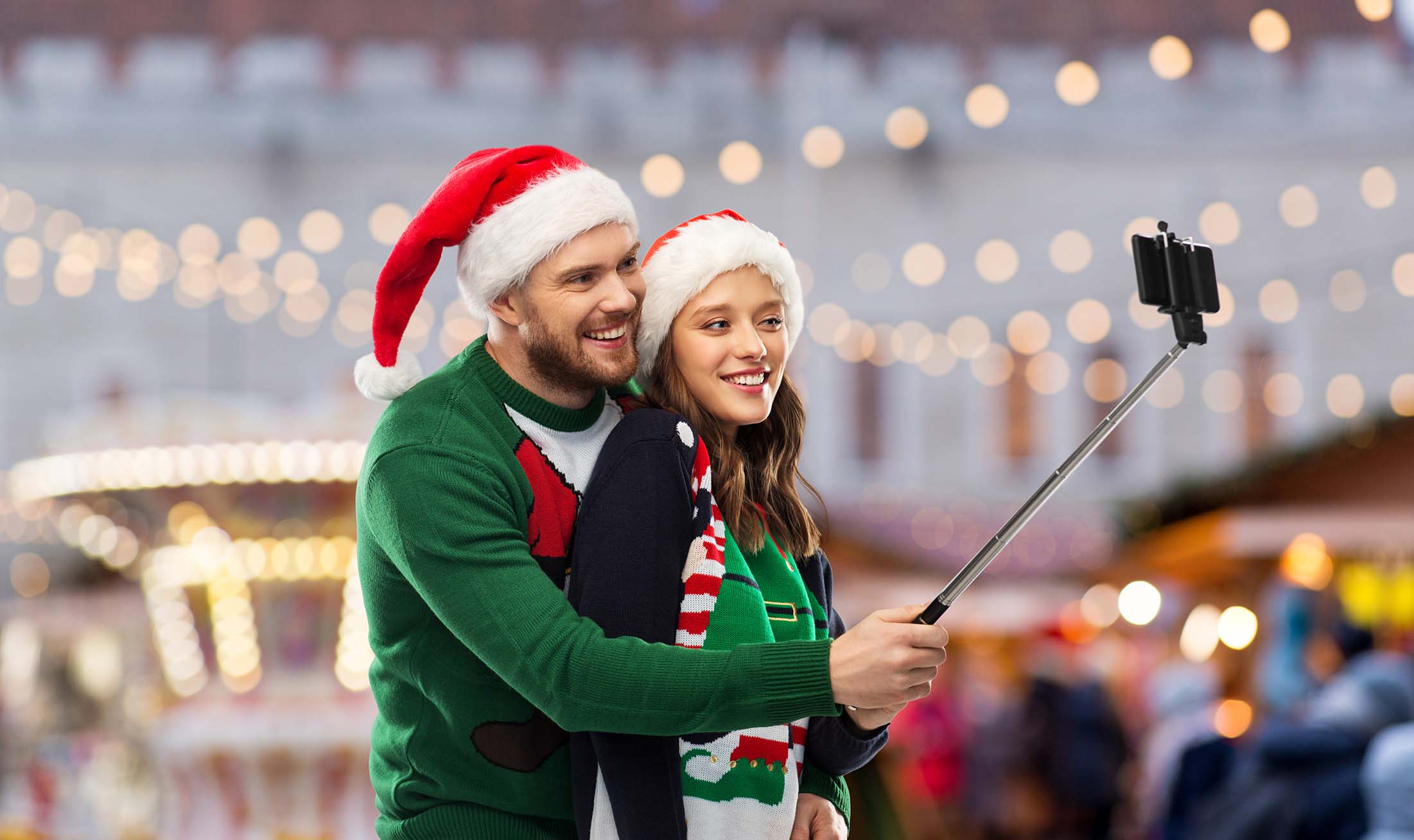If you’re getting started with online advertising, the two foundations are Google and Facebook (or Meta) Ads. Google Ads allows you to have ads appear in searches and on any of Google’s services, e.g. YouTube. Meta’s ad platform lets you put ads on the two social media juggernauts: Facebook and Instagram. Naturally, ads on these two have major online coverage. This is why they hold more than 52% of total ad spending worldwide and over 64% in North America. That online advertising is essential for your business’ growth. Creating effective ads with strong leads turns into conversions and sales. Today 65% of people click on an ad before making a purchase. You’ve probably looked at and maybe even begun advertising on both. Are you wondering where to start making those ads, or maybe you aren’t seeing great conversions? Here are three important things to consider when starting any ad on Google or Meta.
Targets
All your advertising should have certain targets in mind. That doesn’t just mean a single general audience. For example, some products or services you provide may have a typically different target customer or clientele than others. Any demographic information may be important, such as gender, age group, location, etc. Certain advertising or communication tactics are going to resonate better or worse with these different groups, so you will want to tailor ads accordingly. If your business’ services are primarily for women around Aurora, ON, there is little to no tangible benefit that a man living in Vancouver, BC see your ads. Use audience segments to ensure your ads are targeting those they are most likely to convert.
Platforms and Ad Types
Both Google and Meta provide a set of places to present your ads. Google Ads can appear in various kinds of searches such as web, shopping, or maps. They also have ads that appear in Gmail and video ads for YouTube. Meta provides a whole suite of ads, with different kinds for Facebook and Instagram. On these platforms ads can appear as stories, reels, videos, posts in timelines and feeds, etc.
To start creating impactful ads, you need to know where you plan to put ads because that will tailor what kind of leads you need to create. For example, search ads are primarily text. Google shopping promotions will be specific product listing recommendations. Instagram and Facebook promoted stories, however, are primarily visual with an image, graphic, or short video. You will want to focus effort in creating ad content that will reach its target audience on the platforms they use, especially for the Meta suite. For example, Facebook’s userbase is predominantly between the ages 25-54, while Instagram skews younger at 18-34.
Experiment
Both Google and Facebook Ads provide an incredible amount of data and metrics for your ads’ viewership, conversion rates, and overall performance. However, those numbers will not be especially informative if you have nothing to compare to. It’s best to experiment by running at least two ads to get a sense of how they perform differently. This kind of testing will provide you with a lot of valuable information for identifying what qualities create impactful ads and resonate with customers/client. This is so essential that both Google and Meta Ads provide tools to make experimenting easy and informative.
When running multiple ads for experiments, try to minimize differences. For example, if you change copy and target demographics, and the ad performs differently, you will be left wondering if it was because of the copy, its target, or both. One effective method of testing is to split a similar audience into two segments that each see different versions of the ad (otherwise known as A/B testing). This should provide an informative comparison for discovering what kind of ads best capture and convert.
Once You Start Making Ads, Never Stop
Creating ads on Google and Meta or Facebook is a continuous process. They should be repeatedly updated and/or changed to reflect your business and home in on the developing interests of your own changing audience. Once you start making ads, you shouldn’t stop or settle. Keep targeting, identifying the right platforms and ad types, and experimenting. Remember, if a certain ad doesn’t do as well, that can be just as informative as one that transcends. If you’re looking for help to start your Google or Facebook Ads, Rosewood’s marketing team are virtuosos. They can help you create and improve your ads and identify and interpret key metrics





